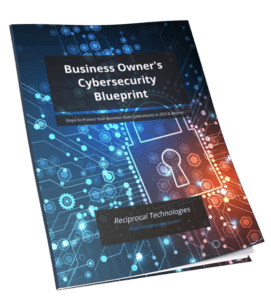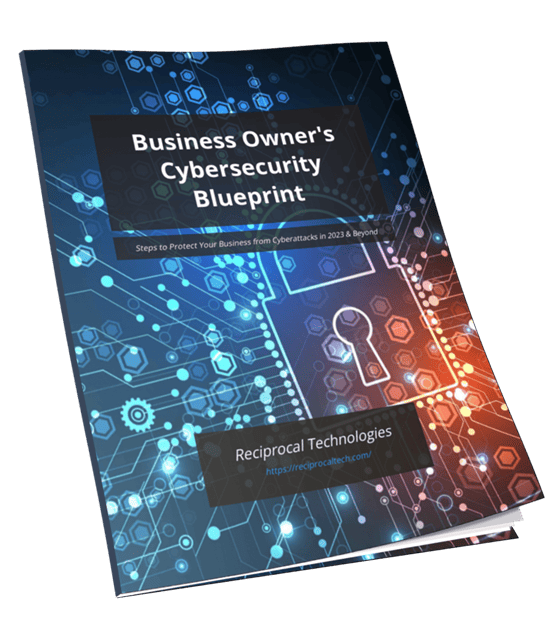The Endpoint: Your Network’s First Line of Defense

We see the endpoint—that includes every laptop, desktop, server, mobile device, and IoT gadget connected to your network—as the front line of your defense. Failing to secure every single one of these points is not just a risk; it’s an invitation. You need to identify all the endpoints on your network and work to secure them. Here’s why, and how.
Why the Endpoint is the Prime Target
Cybercriminals know your network is only as strong as its weakest link, and that link is often an overlooked endpoint. Here’s why these devices are ground zero for sophisticated attacks:
The User Factor
Endpoints are where users interact with data and the Internet. A successful phishing attack, malicious download, or even simple human error on a single workstation can provide the initial foothold an attacker needs.
Data Access
Endpoints house or have access to your organization’s most sensitive data. A compromised laptop might hold proprietary intellectual property, customer records, or credentials that unlock further access.
Gateway to the Network
Once an attacker owns an endpoint, they don’t stop there. They use it as a pivot point for lateral movement. From one device, they can scan for and attack servers, domain controllers, and other high-value assets across your internal network.
The Danger of Advanced Persistent Threats
The threats we’re seeing today are no longer simple viruses. We’re dealing with Advanced Persistent Threats (APTs); highly sophisticated, targeted, and well-funded groups that aim for long-term compromise.
Targeted Attacks
They don’t cast a wide net; they research your company, your employees, and your vulnerabilities. This level of customization makes them incredibly difficult to stop once they’re inside.
The Crucial Role of Holistic Endpoint Security
Securing the perimeter is mandatory, of course. Unfortunately, it’s no longer sufficient. You need an endpoint security model that treats every device like a potential threat vector.
Zero-trust Architecture
Embrace zero-trust. The principle is simple: Never trust, always verify. This means every user and every device, whether inside or outside the network, must be authenticated, authorized, and continuously validated before being granted access to specific resources. If one endpoint is compromised, zero-trust principles can contain the breach and prevent widespread lateral movement.
Next-Gen Endpoint Detection and Response
Antivirus software is dead; EDR is the modern standard. EDR solutions constantly monitor and analyze endpoint activity in real time. They use behavioral analysis and AI to detect suspicious patterns that signature-based antivirus would miss, such as a legitimate utility being misused for malicious purposes. EDR allows analysts to quickly detect, investigate, and respond to any threats.
Continuous Patching
An unpatched operating system or application is the easiest way in. A robust security strategy includes implementing a strict policy to apply security updates across all endpoints immediately upon release, while ensuring every device adheres to a secure configuration baseline, disabling unnecessary services, and enforcing the principle of least privilege.
It’s more important than ever to take cybersecurity seriously. Ignoring a single tablet in the marketing department or an old server in the back room is actually a high-stakes gamble. For help without endpoint protection, give us a call today at 317-759-3972.
About the Author
Author’s recent posts
Download the
Business Owner’s Cybersecurity Blueprint


